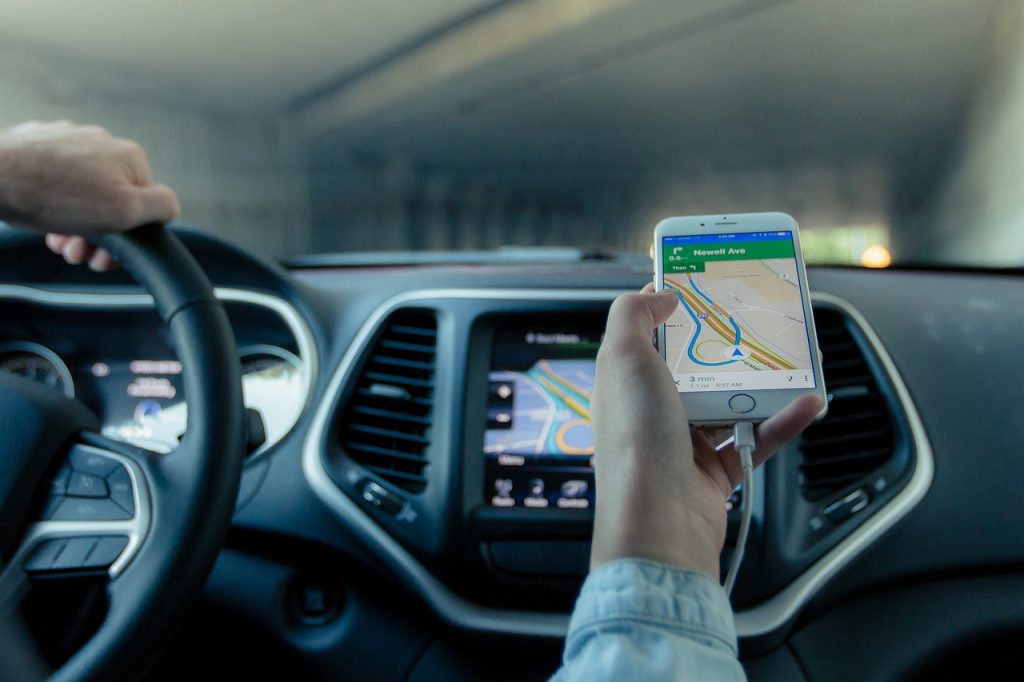The integration of technology into various aspects of our lives has transformed the way we approach safety and accident prevention. That’s true in the transportation industry, where smart features have become increasingly prominent in vehicles.
Aside from the convenience they offer, technological advancements prevent accidents and improve road safety. By analyzing these smart features, we can better understand how they reduce accidents and save lives.
Legal Considerations
Smart features in vehicles have become commonplace, and there are many legal considerations that come with them. With an uptick in the use of technology for accident prevention, legal professionals like Ovadia Law Group may find themselves navigating new challenges related to liability and accident investigations. The integration of these features can complicate traditional frameworks of accountability when determining fault in accidents involving autonomous or semi-autonomous vehicles.
Look into the legal implications surrounding data privacy and the protection of digital information. Lawyers who collect valuable data concerning road conditions, user behavior, and accident statistics can better understand the legal ramifications. These professionals need to stay informed about regulations and standards that govern the use of this data to serve their clients.
The Rise of Advanced Driver-Assistance Systems (ADAS)
Advanced Driver-Assistance Systems (ADAS) represent a shift towards safer driving experiences. These systems are designed to assist drivers in the driving process and include lane-keeping assistance, adaptive cruise control, and collision warning systems.
The presence of cameras, sensors, and radar systems will keep drivers alert and focused on the road. Lane departure warning systems signal when a driver unintentionally drifts out of their lane. Adaptive cruise control adjusts the vehicle’s speed in response to surrounding traffic, maintaining a safe distance from other vehicles.
Collision Avoidance Technology
Collision avoidance technology improves the safety of vehicles by actively preventing crashes before they occur. This system utilizes various sensors, cameras, and algorithms to detect obstacles or potential collisions and take corrective action. Automatic emergency braking and pedestrian detection are designed to reduce the likelihood of accidents.
Collision avoidance technology reacts faster than a human driver could. In critical moments, these systems can perform emergency maneuvers and mitigate collision severity or even avert an accident entirely. The integration of these technologies reflects the broader trend of improving vehicle intelligence and marks a step towards fully autonomous driving.
Smart Features in Urban Environments
The complexity of urban environments presents unique challenges for drivers, making the integration of smart features a must. Traffic sign recognition and navigation assistance work together with GPS systems to provide real-time updates regarding traffic patterns and road conditions. As cities become more congested, having access to this information can improve safety.
Smart traffic light systems can communicate with vehicles, optimizing traffic flow and lowering the number of accidents at intersections. With timely alerts about potential hazards, these systems contribute to informed decision-making and navigational safety.
The Role of Education and Awareness
The introduction of smart features in vehicles underscores the importance of education and awareness among drivers. Most of the time, new technologies go underutilized due to a lack of understanding of how they function. Educating drivers about the capabilities of their vehicles can directly impact safety outcomes. Workshops or online tutorials can increase the awareness of advanced safety features available in newer models.
Responsible driving behaviors must complement these technological advancements. Even with the presence of smart features, a distracted or inattentive driver can still cause accidents on the road. That’s why reinforcing safe driving practices is a non-negotiable part of using smart features. When combined with education about blind-spot monitoring and rear-cross traffic alerts, drivers can maximize the advantages of technology and reduce risks.
The Future of Smart Technology in Preventive Measures
The future of vehicle safety lies in continuous advancements in smart technology. Artificial intelligence and machine learning technologies are improving at a steady pace, so we can expect even more sophisticated systems that anticipate and prevent accidents. Future innovations may include improved vehicle-to-vehicle communication, where cars will share information about road conditions, traffic, and hazards in real-time.
This interconnectedness will improve safety and create a network designed to minimize risks on the roadway. Manufacturers who invest in research and development will see a widespread adoption of these technologies that could potentially reduce traffic fatalities and injuries. Looking ahead, the integration of these smart features will sculpt the future of transportation, setting new standards for road safety.
Ongoing advancements in smart vehicle technologies have the potential to save countless lives. These developments reinforce the relationship between technology and safety and illustrate their interconnectedness in the automobile industry. With every innovation, we move closer to a future where accidents become less frequent, showing that technology’s role is to guarantee safer roads for everyone.


